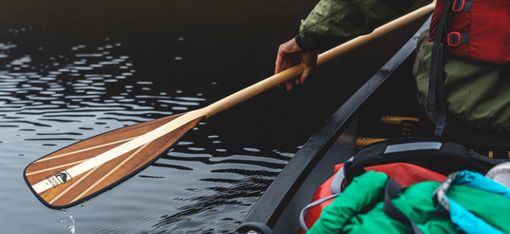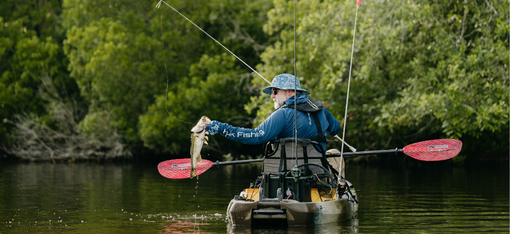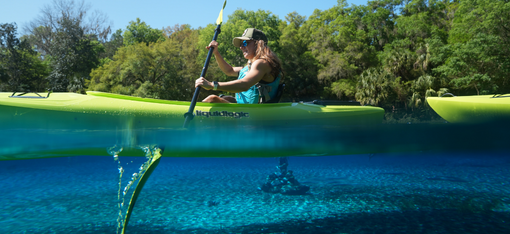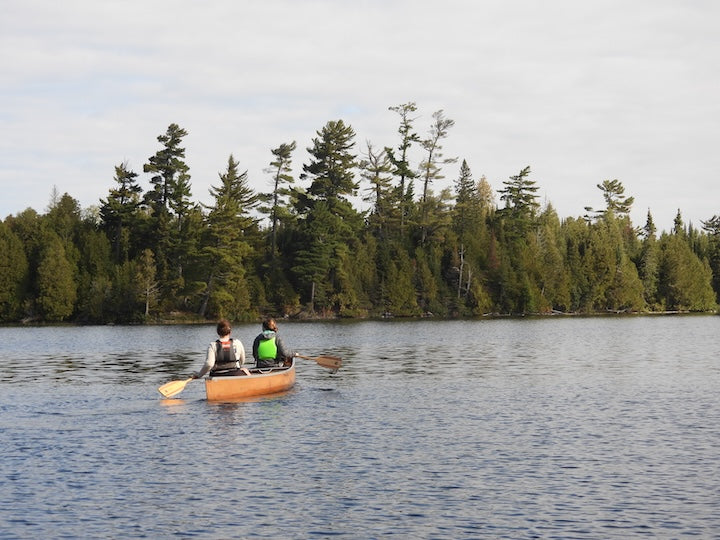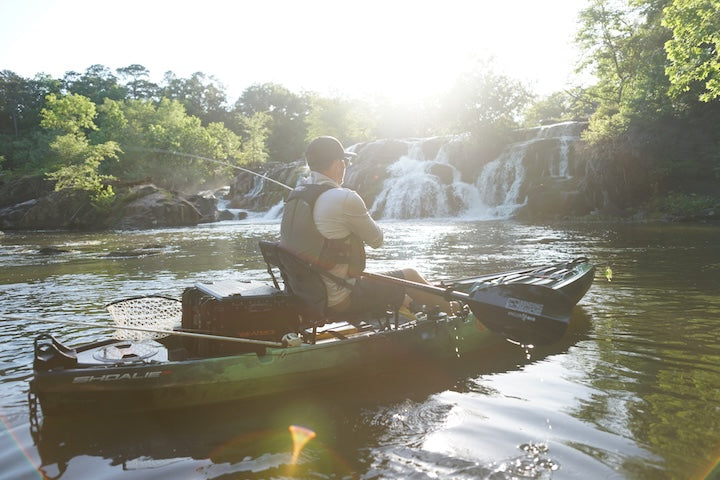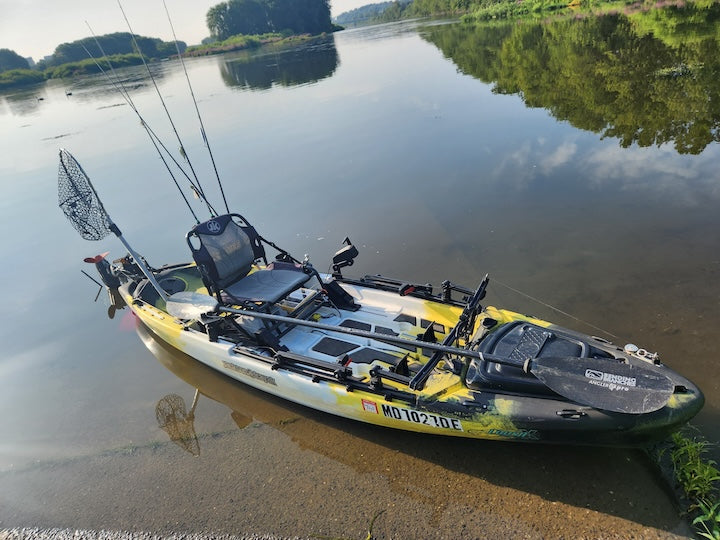Ocean Kayak Fishing Safety
5-minute read + 11-minute video
Bending Branches’ Ambassador Moo Lee takes us through several important safety tips for kayak fishing on the ocean, especially on cold water like in his native northern California.
Take a look at the video below:
Preparing for Ocean Kayak Fishing
Before you head out on the big water, there are a few skills you need to have mastered.
Master Self-Rescue
Climbing back on your kayak after a capsize in the ocean is much different than on a flatwater lake. You’ll face possible ocean currents, swells, waves and wind. The chances of ending up in the water are more likely than other fishing environments.
So master self-rescue on a calm lake on a nice day, with the kayak you’ll use for your ocean fishing. When you can self-rescue ten out of ten times, then consider heading for the ocean.
Use the Buddy System
It’s always safest to ocean fish with another angler. If one of you gets into trouble, there’s someone to help. And it’s more fun!
Also, leave your float plan with someone on-shore. That way if you’re not back when expected, the Coast Guard knows where to start their search.

Having a buddy nearby makes re-entry much easier, in case of a capsize
Know the Forecast
Moo stresses to check the forecast, then double-check, then triple check. Know the kind of weather you’ll head into for the timeframe you plan to be out.
Moo uses and recommends three different weather channels:
He once had a bad experience about two miles out in the ocean when fishing with some buddies. He had checked the forecast with one source, which said calm. But when they got out there, the winds suddenly picked up to about 30 mph.
Now he checks all three channels and assumes the worst of the three. That way he’s prepared.
Safety Gear to Have Along
Some of these safety items are necessary for any kayak angler, and others are extras you’ll want specifically for ocean fishing:
PFD: Personal Flotation Device (aka Life Jacket)
Don’t just have your PFD in the boat, but wear it securely fastened. Moo suggests going to a paddle shop to try PFDs on before you buy. You want to be sure to have one that fits you well and is comfortable to wear for several hours.
Consider a PFD in a bright, easy-to-see color like orange, red or yellow, especially if your kayak blends in with the water. You want drivers of bigger boats to be able to see you easily.

Sometimes the ocean is calm…
Dress for Immersion
Know the water temps of the ocean location where you’ll fish. For example, on the northern California coast where Moo lives and fishes, the temps average in the 50s. That’s cold enough to cause hypothermia within minutes if you’re not dressed for it.
Moo wears NRS’s 3mm “Farmer John” wetsuit. It covers the torso and legs, with sleeveless arms. Tops made of synthetic materials are best because they dry quickly once wet. Cotton is the worst—once it’s wet it stays wet, which means you’ll rapidly lose body heat.
A dry suit will keep you completely dry, but they run into the hundreds of dollars, so you’ll need the budget for one.
Because of the ocean’s currents, waves, surf, swell and winds you have a better chance of ending up in the water than when you fish flatwater lakes and smaller rivers. You need to be ready for it.
VHS or Marine Radio
Radios make it easy to talk with your angler buddies or call for help if you run into trouble. You can contact the Coast Guard in an emergency situation, and keep up-to-date with the weather forecast.

…sometimes you’ll work harder with swell and wind
Navigation Device
Moo uses a fish finder that has GPS built into it. Another option is a handheld GPS, or even an app on your smartphone.
BoatSafe.com lists several recommended models (published 10/22). And DiscoverBoating.com lists their recommendations for navigation apps for your phone.
At the minimum (and maybe in addition to an electronic device), have a compass on your kayak.
Whistle
A requirement in some states, a whistle is an important safety device to have on the water with you. Attach it to your PFD or keep it in a pocket so it’s handy in case of a capsize.
A whistle will help get the attention of boaters around you if you need help. If your radio should fail for any reason, it’s your backup.
Bilge Pump
A bilge pump is handy even with a sit-on kayak. It’ll allow you to get any extra water out of your boat.
Paddle Leash and Extra Paddle
Definitely use a leash on your paddle in case you drop or knock it in the water accidentally. If you use a paddle-only kayak, carry an extra paddle with you in case your first one breaks or gets away from you.
If you use a pedal kayak, always keep a paddle with you as a backup.

Moo Lee with a nice catch
Small Knife
Moo carries a small knife/sheath in his PFD in case he needs to cut any line for any reason. Keep it on your person, not in your kayak.
Thanks to Moo for his ocean kayak fishing safety tips!
You can follow Moo Lee on his YouTube channel MooMoo Outdoors.
(All photos courtesy of Moo Lee)
Do you have paddle questions our friendly Customer Service Team can help you with today? Contact them: 715-755-3405 • [email protected]
More for you...




